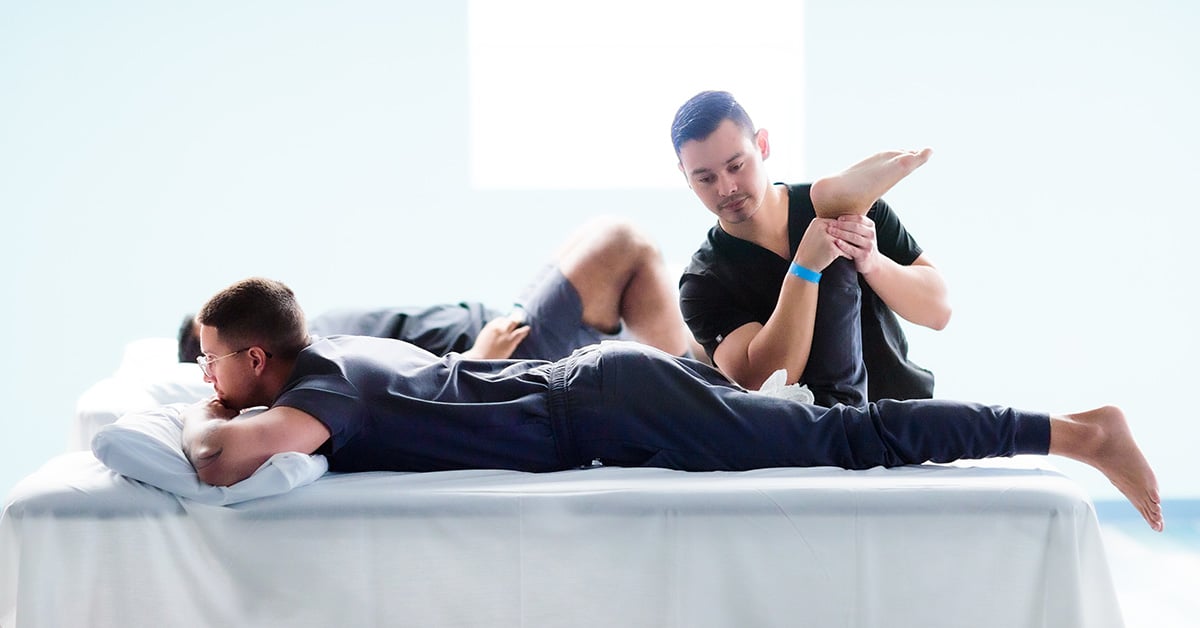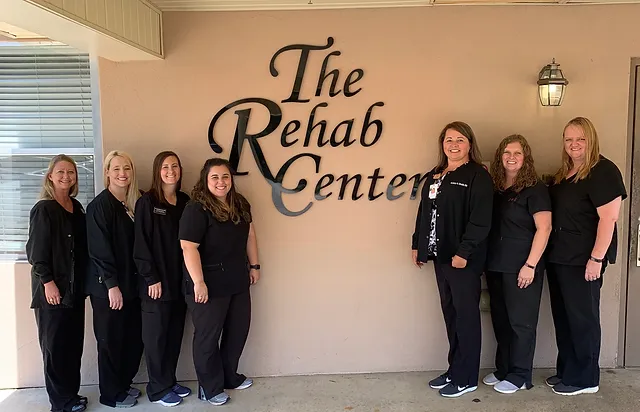Comprehending the Importance and Procedure of Rehabilitation, in its substance, embodies the trip toward restoration, renewal, and rebuilding. It’s a multifaceted process that aims to restore individualities to their loftiest position of performing, particularly after injury, illness, or dependence. With its roots deeply rooted in colorful fields similar to drug, psychology, and sociology, recuperation has evolved significantly over time, embracing innovative approaches and holistic methodologies. This composition delves into the complications of recuperation, exploring its significance, different forms, and the transformative impact it can have on an individual’s lives.
The Significance of Rehabilitation
Rehabilitation plays a vital part in enhancing individuals’ quality of life by addressing physical, cognitive, emotional, and social aspects of well-being. Whether it’s recovering from an enervating injury, managing habitual conditions, or prostrating dependence, recuperation offers a structured pathway toward recovery and commission.
Physical Rehabilitation
Physical recuperation focuses on restoring mobility, strength, and function in individuals affected by injuries, surgeries, or disabilities. Through acclimatized exercise programs, homemade remedies, and assistive bias, physical therapists work collaboratively with cases to ameliorate their physical capacities and independence.
Cognitive Rehabilitation
Cognitive recuperation targets cognitive impairments performed from traumatic brain injuries, strokes, or neurodegenerative conditions. This form of recuperation utilizes cognitive exercises, memory aids, and behavioral interventions to enhance cognitive chops similar to memory, attention, and problem- working.
Emotional Rehabilitation
Emotional recuperation encompasses psychotherapeutic interventions aimed at addressing internal health issues similar to depression, anxiety, and post-traumatic stress complaint( PTSD). Therapists employ colorful ways including cognitive-behavioral remedies, awareness practices, and emotional regulation strategies to promote emotional mending and adaptability.
Social Rehabilitation
Social recuperation focuses on reintegrating individuals into their communities and fostering meaningful social connections. This may involve vocational training, social chops development, and peer support programs to enhance individuals’ social functioning and participation in society.
The Process of Rehabilitation
Rehabilitation is a dynamic and individualized process that requires collaboration among interdisciplinary healthcare professionals, cases, and their support networks. While the specific way may vary depending on the existent’s requirements and pretensions, the recuperation process generally follows a structured frame

Assessment
The recuperation trip begins with a comprehensive assessment conducted by healthcare professionals to estimate the existent’s physical, cognitive, emotional, and social functioning. This assessment helps identify strengths, challenges, and areas taking intervention.
Thing Setting
Collaboratively, the individual and the recuperation platoon establish realistic and meaningful pretensions to guide the recuperation process. These pretensions are acclimatized to the existent’s bournes, functional capacities, and asked issues.
Intervention
Grounded on the assessment findings and established pretensions, the recuperation platoon implements a multifaceted intervention plan comprising colorful remedial modalities and interventions. This may include physical remedy, occupational remedy, speech remedy, psychotherapy, and vocational recuperation, among others.
Progress Monitoring
Throughout the recuperation process, progress is regularly covered and estimated to track the existent’s response to interventions and acclimate the treatment plan consequently. ideal measures, private reports, and functional assessments are employed to gauge progress and identify areas for further enhancement.
Transition and Follow-up
As the individual progresses towards their recuperation pretensions, emphasis is placed on easing a smooth transition back to their home, community, or plant. This may involve discharge planning, education, and ongoing support to promote long-term success and help relapse or re-injury.
Different Forms of Rehabilitation
Rehabilitation encompasses a broad diapason of technical forms acclimatized to address specific requirements and conditions. Some notable forms of recuperation include

Cardiac Rehabilitation
Designed for individuals recovering from heart conditions or cardiac procedures, cardiac recuperation focuses on perfecting cardiovascular health through exercise, life variations, and threat factor operation.
Pulmonary Rehabilitation
Pulmonary recuperation is geared towards individuals with habitual respiratory conditions similar to habitual obstructive pulmonary complaint( COPD) or asthma. It includes exercise training, breathing exercises, and education to optimize respiratory function and enhance quality of life.
Substance Abuse Rehabilitation
Substance abuse recuperation aims to support individuals in prostrating dependence and achieving sustained recovery. It generally involves detoxification, comforting, group remedy, and fall forestallment strategies to address the physical, cerebral, and social aspects of dependence.
Neurological Rehabilitation
Neurological recuperation caters to individuals with neurological diseases or injuries, including stroke, spinal cord injury, multiple sclerosis, and Parkinson’s complaints. It focuses on maximizing functional independence, mobility, and neuroplasticity through targeted interventions and adaptive strategies.
Pediatric Rehabilitation
Pediatric recuperation caters to children with natural disabilities, experimental detainments, or acquired injuries. It emphasizes early intervention, family-centered care, and interdisciplinary collaboration to promote optimal development and participation in diurnal conditioning.
Challenges and Unborn Directions
Despite its profound benefits, recuperation faces colorful challenges ranging from limited access to services, and fiscal constraints, to societal smirch. Addressing these challenges requires combined sweat from policymakers, healthcare providers, and community stakeholders to ensure indifferent access to recuperation services and promote mindfulness of its significance.

Looking ahead, the future of recuperation is marked by advancements in technology, substantiated drugs, and interdisciplinary collaboration. Arising technologies similar to virtual reality, robotics, and tele- tele-recuperation hold immense eventuality in enhancing the effectiveness and effectiveness of recuperation interventions. Likewise, integrating genomic data and perfection drug approaches can enable substantiated recuperation strategies acclimatized to individualities’ unique inheritable makeup and characteristics.
Conclusion
Rehabilitation stands as a lamp of stopgap and mending for individuals facing adversity and challenges on their trip toward recovery. By embracing a holistic and patient-centered approach, recuperation empowers individuals to reclaim their independence, rebuild their lives, and pursue their bournes with renewed vigor and adaptability. As we continue to advance our understanding and practices in recuperation, let us reaffirm our commitment to fostering inclusivity, compassion, and quality for all individuals seeking to restore and rediscover their fullest eventuality.
FAQs
Q1 What does getting rehab mean?
Rehab is the process of helping someone to lead a normal life again after they have been ill, or when they have had a drug or alcohol problem. Rehab is short for rehabilitation. (informal) He spent nearly four times in recovery.
Q2 What is an illustration of a recovery?
Rehab, short for rehabilitation, can denote any process designed to help a person recover from an illness. For illustration, recovery may include physical remedy, group comforting, or drug treatment.
Q3 How multitudinous stages of recovery are there?
Phase 1- Control Pain and Swelling. Phase 2- meliorate Range of stir and/ or strictness. Phase 3- meliorate Strength & Begin Proprioception/ Balance Training. Phase 4- Proprioception/ Balance Training & Sport- Specific Training.




